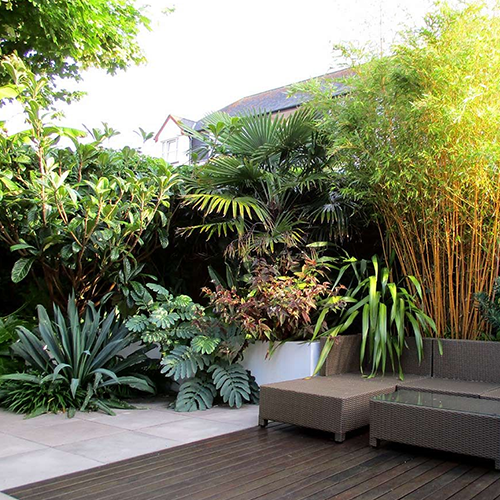Bulb garden in the tropics
While this plant category- tulips, freesia, hyacinth, iris and narcissus, belong to the hills and colder climes, most bulbs have adapted to the tropical climate with much ease. For a Summer Garden, bulbs can be planted in March or April. One can mix-and-match of spider lilies and zephyr lilies (also called rain lilies for their spectacular show of flowers during the rains), ginger lilies, elephant’s ears, bird of paradise and canna. For a potted version, plants that lend well to a container can be handpicked, such as blood lily also called football lily, amaryllis, and tuberose. Caladiums bring a lot of joy and colour to a shaded summer garden.
These are a must do. With the bounty of winters that Delhi has, one can also confidently grow Asiatic Lily, Oriental Lily (Stargazer), Daffodils, Chincherinchee, Muscari, Ranunculi (Butter Rose), Ixia, Sparaxis, Crous, Daffodil, Hyacinth, Freesia. Whether growing in a ground garden or pots, abundance works from the aesthetic point of view. It is ideal to grow a few or more bulbs together; it puts on a much more pleasing spectacle than lone warriors growing out of the soil. Plant these in a rich mixture of equal parts of soil, Gobar, leaf compost and Okhla khaad. The bulbs store their own water so water sparingly in the first few days. These need a little more nutrition before they flower. Each pot will take 2 tbs od Neemkhali, 1 tbs of bone meal, half a tsp of DAP and .25 of Single Super Phosphate. Once the bulbs flower these need regular watering.

Bulb essentials
As easy as they are to grow and maintain, the only attention bulbs need is while choosing and when stored during their dormancy. Choose bulbs the way you inspect and pick vegetables. Less marks and injuries, big size and more weight is the key. An injured bulb has more chances of rotting in the soil, while a big size indicates a mature bulb and ensures more flowers. After they flower, most bulbs go into dormancy, especially bigger ones. An experienced gardener uses this opportunity to feed the bulbs with a natural fertiliser one last time (a week to 10 days) before uprooting and storing them. This lets the bulb store nutrients in it for the next yield. After the flowering is over, the leaves start yellowing and wilting or drying up — that is an indication that the plant is going into hibernation. Dig out the bulbs at this stage, cut the roots and remove the soil from the scales, after which it can be stored in a well-ventilated place of shade.

